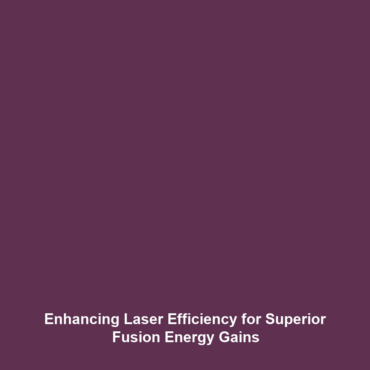Overview: ITER – The Largest International Fusion Experiment
ITER, acronym for “International Thermonuclear Experimental Reactor,” is an unprecedented scientific endeavor that aims to make fusion energy a reality. Currently under construction in southern France, ITER represents a collaborative effort among 35 nations. This initiative seeks to achieve sustained fusion reactions, which have the potential to provide a virtually limitless and clean energy source. The significance of ITER lies in its promise to usher in a new era of energy production, capable of significantly reducing reliance on fossil fuels and combatting climate change.
Key Concepts of ITER and Fusion Energy
Understanding Fusion Energy
Fusion energy is the process by which two light atomic nuclei combine to form a heavier nucleus, releasing immense amounts of energy in the process. This is the same reaction that powers the sun and other stars, providing the rationale for developing fusion reactors like ITER. The primary fuel for ITER is deuterium and tritium, isotopes of hydrogen. The goal is to reproduce the conditions found in stars, including extreme temperature and pressure, to achieve controlled thermonuclear fusion.
ITER’s Role in Fusion Research
As the largest international fusion experiment, ITER is designed to demonstrate the feasibility of fusion power for electricity generation. The reactor will be capable of producing up to ten times the energy it consumes, a milestone known as being “break-even” or achieving net energy gain. This concept is critical for validating fusion energy as a practical and sustainable energy source.
Applications and Real-World Uses of ITER
The research and innovations stemming from ITER are expected to have profound implications for the future of fusion energy. Some significant real-world applications include:
- Energy Production: The primary objective of ITER is to pave the way for nuclear fusion to be used as a reliable energy source, contributing to global electricity needs.
- Carbon-Free Energy: Fusion energy has the potential to provide an environmentally friendly alternative to fossil fuels, significantly lowering greenhouse gas emissions.
- Industrial Applications: Technologies developed through ITER may lead to advances in materials science, medicine, and various engineering fields.
Current Challenges Facing ITER
While the potential of ITER is immense, several challenges remain in the pursuit of successful fusion energy:
- Technical Complexities: Achieving the high temperatures (over 150 million degrees Celsius) needed for fusion is a significant engineering challenge.
- Funding and Resources: The financial investment required for the construction and operational phases poses ongoing concerns.
- Public Perception: Misunderstandings about nuclear fusion can affect support and funding for ITER and future fusion projects.
Future Research and Innovations in Fusion Energy
As ITER progresses, continued research and innovations are anticipated to further advance the field of fusion energy:
- Next-Generation Reactors: Future designs aim to optimize efficiency and reduce production costs, potentially leading to commercial fusion power plants.
- Advanced Materials: Research on materials that can withstand extreme conditions will be essential for improving reactor longevity and performance.
- Innovative Approaches: Scientists are exploring various fusion concepts, including inertial confinement and alternative plasma confinement techniques.
Conclusion
ITER stands as a beacon of hope for the development of fusion energy, promising to revolutionize energy production and offer a path toward a sustainable future. By overcoming the challenges associated with this monumental project, ITER could significantly impact global energy strategies and mitigate climate change effects. For those interested in exploring more about fusion energy and its applications, consider reading on Fusion Basics or The Future of Fusion.

